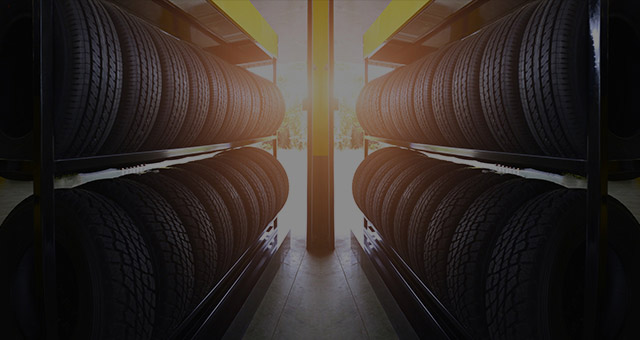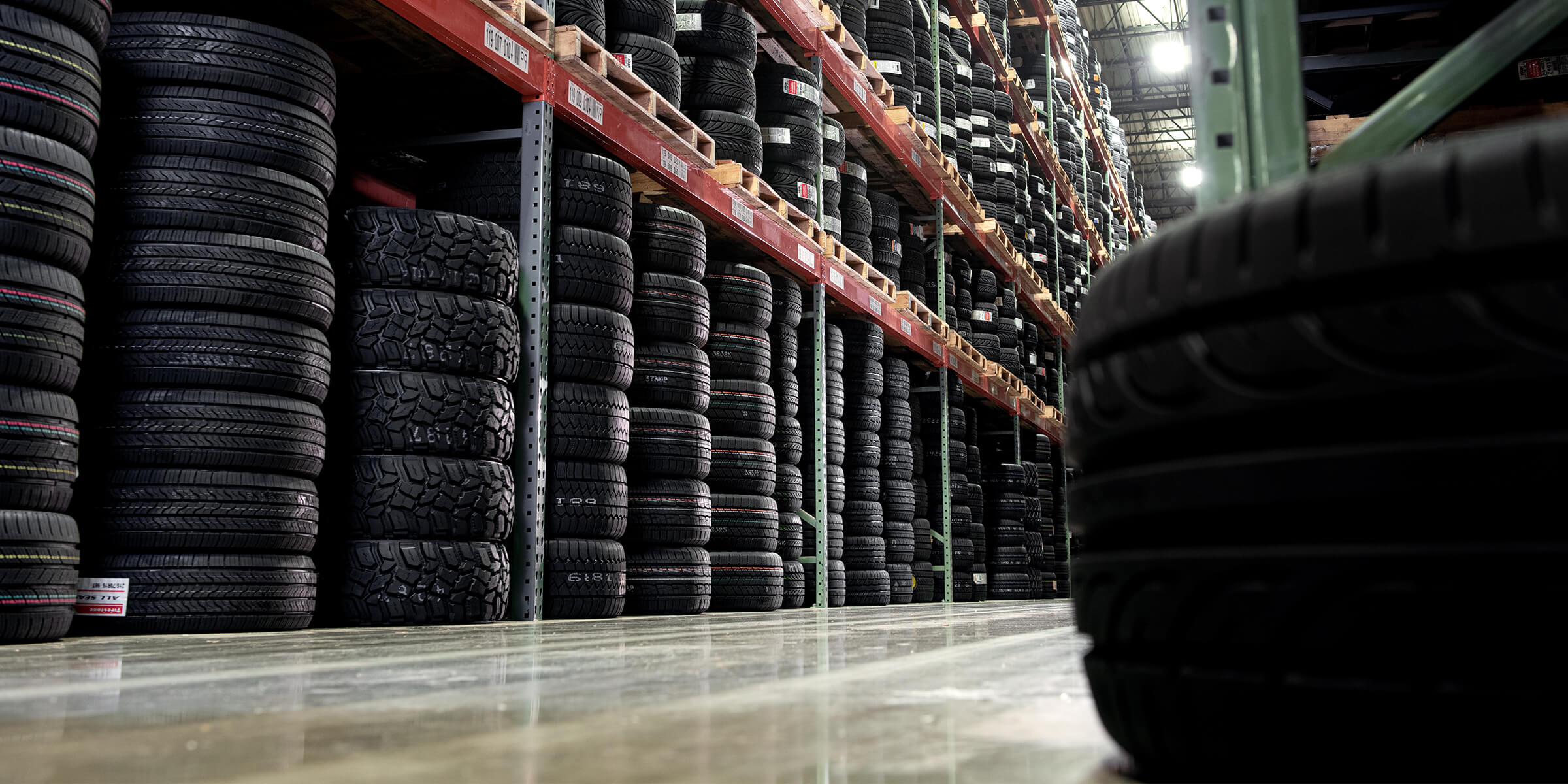Tire Service: Understanding Tire Stress Monitoring Systems
Understanding Tire Stress Surveillance Solutions (TPMS) is a crucial facet of keeping optimal automobile performance and safety and security on the roadway. With developments in vehicle technology, TPMS has actually come to be a conventional attribute in contemporary cars, providing real-time information on tire pressure levels.

Relevance of TPMS
The importance of Tire Stress Surveillance Equipments (TPMS) hinges on their capability to boost lorry safety and performance via real-time tracking of tire stress degrees. Maintaining the correct tire pressure is critical for making sure optimal handling, stopping, and total security of a car. TPMS offers drivers with prompt comments on any type of underinflated or overinflated tires, enabling for prompt changes to be made.
Parts of TPMS
Consisting of different important components, a Tire Stress Surveillance System (TPMS) works as an advanced safety feature in contemporary lorries. The primary components of a TPMS include sensors, a control module, and a caution indicator. Sensing units are normally located in the tire shutoff stem or affixed to the wheel setting up, where they gauge tire pressure and send data to the control component. If it discovers considerably reduced stress in any of the tires, the control module procedures this details and sets off a warning. The warning sign, usually a sign on the dashboard, signals the motorist to examine the damaged tire or tires. Some progressed TPMS models also present the real tire pressure analyses for each and every tire, providing motorists with real-time information to make sure ideal tire performance and safety and security. By monitoring tire pressure continuously, TPMS helps avoid crashes, decreases tire wear, and boosts gas efficiency, making it a crucial element for lorry security and performance.
Sorts Of TPMS

On the other hand, indirect TPMS counts on the automobile's wheel rate sensing units to check tire stress. This system finds underinflation by contrasting the rotational speeds of the wheels. Indirect TPMS is less costly than direct TPMS, as it utilizes existing sensors within the automobile.
While straight TPMS uses much more accurate analyses, indirect TPMS is less complex in design and typically needs much less upkeep. Both systems have their limitations and advantages, and the choice between them usually depends upon aspects such as price, vehicle make, and personal preference. Understanding the distinctions between these 2 sorts of TPMS check out this site can assist automobile owners make informed choices regarding tire maintenance and security.
TPMS Upkeep Tips
Conduct routine checks on the tire stress levels and contrast them with the TPMS analyses to guarantee they are regular. During tire turning or replacement, make certain that the TPMS parts are taken care of very carefully to prevent any type of potential damages. If the TPMS warning light illuminates on the control panel, attend to the issue promptly by examining the tire pressures and the general system for any kind of faults.
Advantages of Correct Tire Pressure
Maintaining proper tire pressure, as highlighted in TPMS Maintenance Tips, is essential for gaining the many advantages connected with ideal tire stress degrees. Among the key advantages of maintaining the correct tire pressure is enhanced gas effectiveness. When tires are appropriately pumped up, there is less rolling resistance, causing far better gas economy. Additionally, appropriate tire stress ensures also tire wear, extending the lifespan of the tires and advertising much safer driving problems. With the appropriate tire pressure, cars additionally have far better handling and grip, specifically in negative climate conditions. This can improve overall driving performance and safety and security for the vehicle driver and travelers. In addition, preserving ideal tire pressure can contribute to a smoother and much more comfy ride by minimizing resonances and sound brought on by underinflated tires. Finally, the advantages of correct tire stress exceed simply tire durability; they encompass enhanced fuel performance, improved safety and security, far better car efficiency, and general driving convenience.
Verdict
In final thought, comprehending tire pressure monitoring systems (TPMS) is critical for keeping optimum tire stress and making sure car safety and security. By recognizing the significance of TPMS, knowing with its parts, go to this site understanding the various types available, sticking to correct maintenance suggestions, and understanding the benefits of maintaining appropriate tire stress, chauffeurs can improve their driving experience and prolong the life-span of their tires. Proper tire pressure is crucial to effective and safe automobile operation.

Comments on “Get Expert Tire Services at Tire Shop Morris: Complete Satisfaction Ensured”